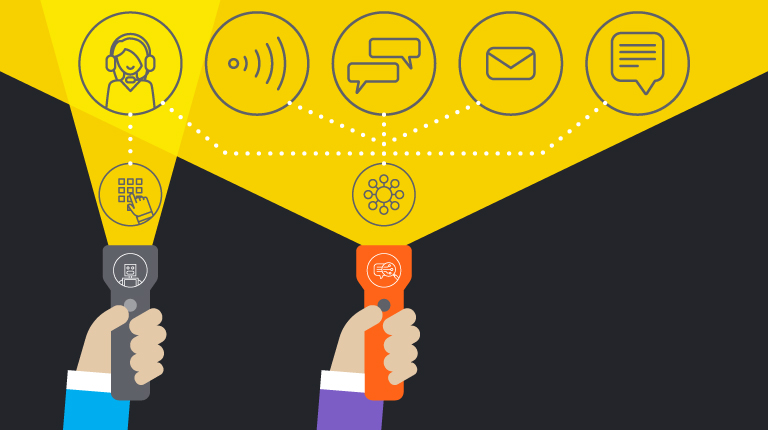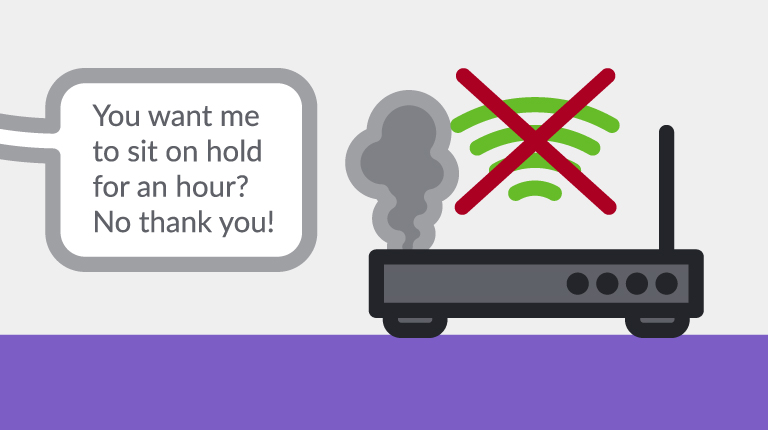As we move further into 2015, there are three important trends in customer care to watch closely. These incredible shifts will cause a dramatic disruption in the way we serve our increasingly demanding customers. Over the past few years, we’ve seen the importance of customer care dramatically elevate. We’re also seeing the next wave of customer care technology prove its ROI with customer experience pioneers. In 2015, we’re finally going to see the convergence of technology with practical applications in customer experience.
1. Customer experience will become a primary competitive differentiator

The ability to switch providers and commodities requires less effort than ever before, which means the impact of customer experience improvements are multiplied – take JetBlue, who claims that a one point lift in Net Promoter Score is worth between $5 to $8 million. In industries growing in commoditization, such as service providers, deregulated electric utilities, and the travel and hospitality industries, customer experience now serves as a primary competitive differentiator. As a testament to this shift, we’ve seen an incredible rise in the marketing of the customer experience in the past year. Even within retail banking, we’re seeing institutions like Discover use their customer experience as a competitive differentiator within their commercials and marketing campaigns. Across all industries, the Customers 2020 Report claims that by 2020, customer experience will overtake price and product as the key brand differentiator.
2. Omnichannel will become an expected reality

After years of debate, discussion, and frankly exhaustion, we’re finally beginning to see the emergence of true omnichannel customer service. We’re slowly adjusting and now, expecting, a multichannel experience on the products and services we use on a daily basis – i.e. starting an email on the Gmail iOS application and finishing it on a desktop browser, pausing a show on Netflix through Apple TV and resuming it on an iPad, etc. These expectations are now becoming realities within customer care, and we’re seeing a slew of omnichannel customer care deployments, like moving a Twitter conversation to a chat to a live conversation, all maintaining context – an experience I had earlier this year with American Express.
3. Voice will become a primary interface for technology

While speech recognition has operated for decades within the call center environment, predominantly in the form of ineffective, frustrating IVR systems, we’re witnessing a new rise in voice interfaces that offer a convenient alternative to the type and touch inputs that dominate the mobile sphere. In fact, new devices are coming to light where voice operates as the primary interface, seen in recent innovations like Amazon Echo. Customers are growing to trust voice as an input, which paves the way for the rapid growth of wearables and other devices with embedded speech recognition. As referenced earlier, with customer experience becoming a primary focus for a growing group of enterprises, we’re seeing a rise in intelligent self-service automation that leverages the customer journey, personalization, and voice biometrics. As a new customer base emerges that carries a trusted relationship with the voice interface, enterprises are benefiting from a more engaged customer in voice self-service.




